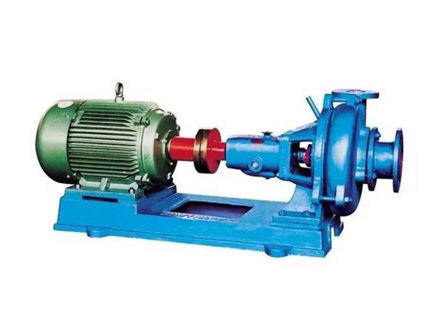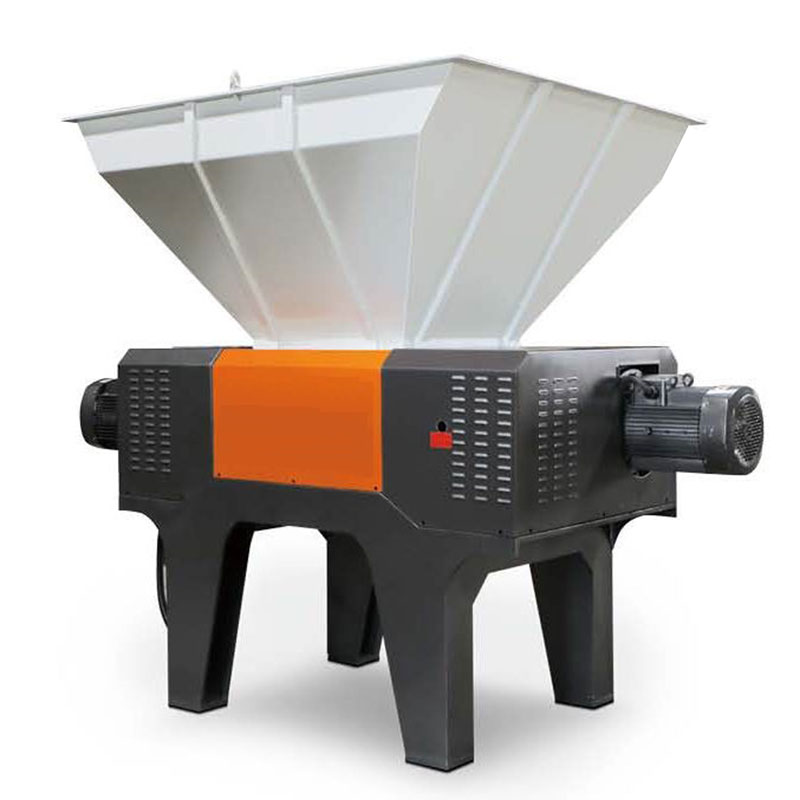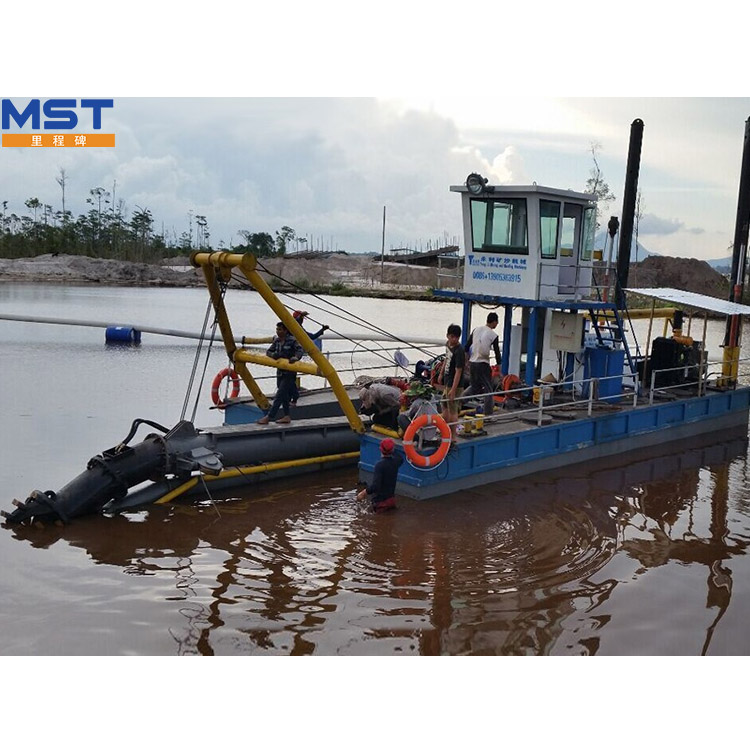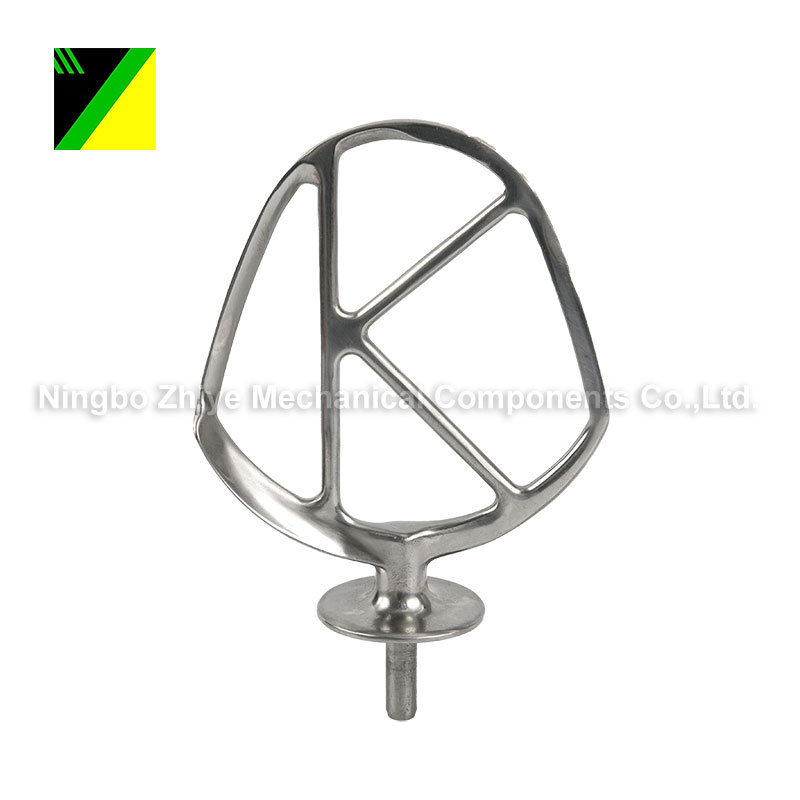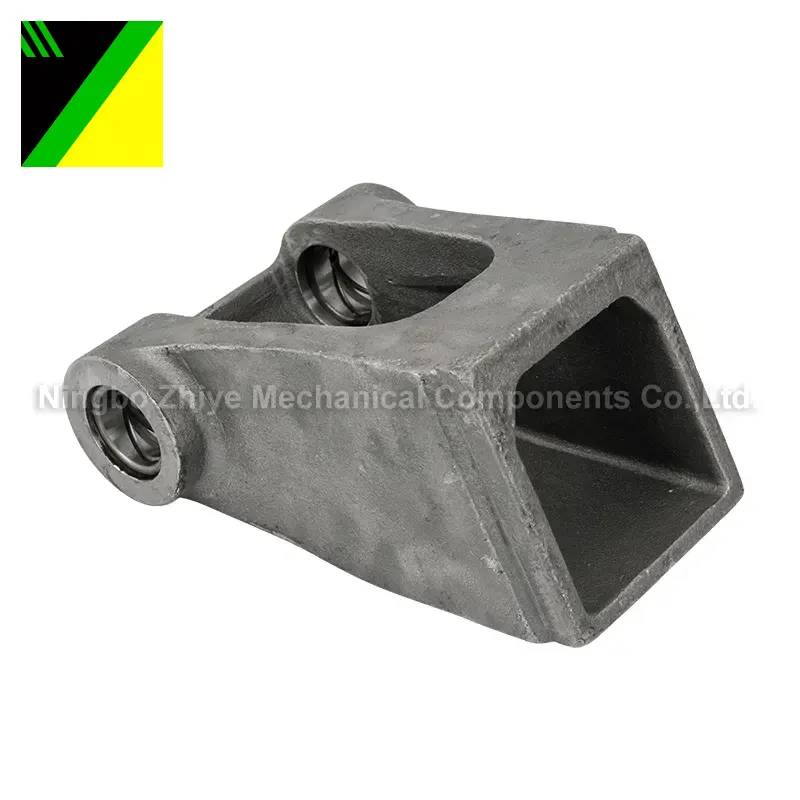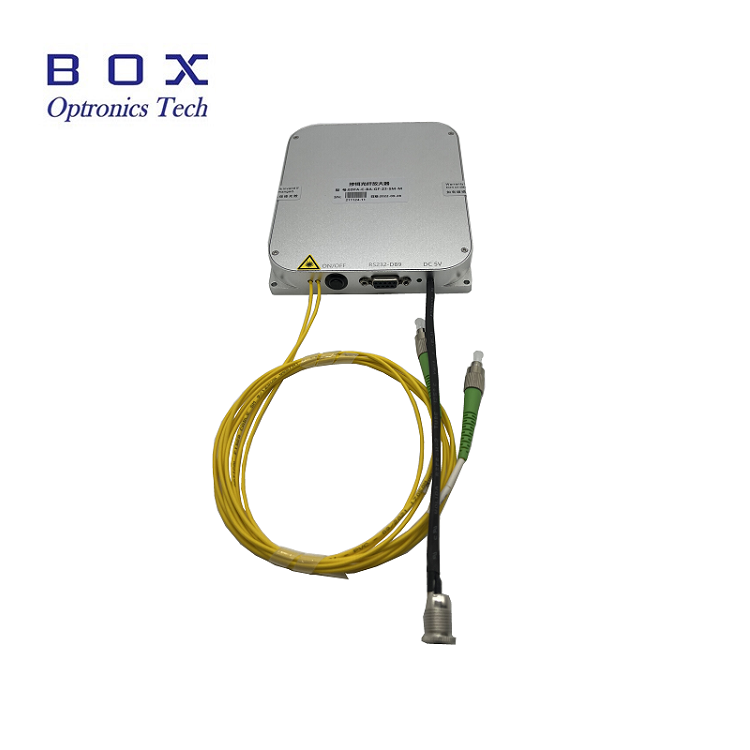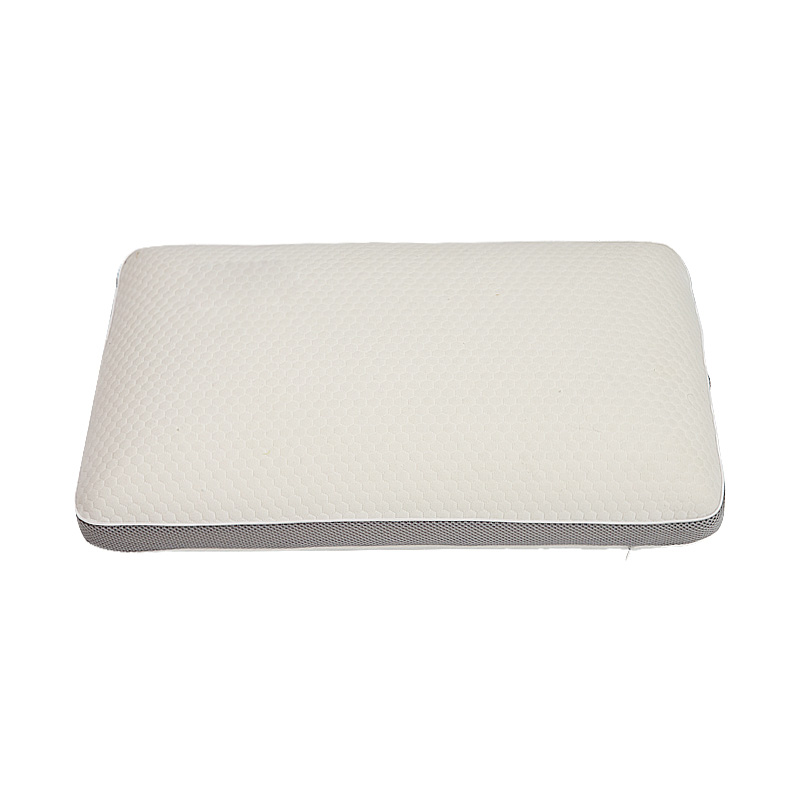Sewage Pump
A sewage pump, also known as a wastewater pump or effluent pump, is a type of pump designed specifically to move sewage, wastewater, or effluent from homes, buildings, or industrial facilities to a sewage treatment facility, septic system, or other disposal location. Sewage pumps are a critical comp......
Send Inquiry
Product Description
A sewage pump, also known as a wastewater pump or effluent pump, is a type of pump designed specifically to move sewage, wastewater, or effluent from homes, buildings, or industrial facilities to a sewage treatment facility, septic system, or other disposal location. Sewage pumps are a critical component of sanitation and public health infrastructure, as they help prevent the buildup of sewage and wastewater, which can lead to health hazards and environmental contamination.
Here are some key features and functions of sewage pumps:
1. Wastewater Handling: Sewage pumps are designed to handle water containing solids, organic matter, and other waste materials. They are capable of moving not only liquid sewage but also suspended solids and debris present in wastewater.
2. Types of Sewage Pumps: There are various types of sewage pumps, including:
- Submersible Sewage Pumps: These pumps are installed below ground level in sewage pits or wet wells. They are fully submerged in the sewage and are sealed to prevent water and sewage from entering the motor and electrical components. Submersible pumps are commonly used in residential and commercial applications.
- Non-Submersible Sewage Pumps: Also known as dry well sewage pumps, these pumps are installed above ground, and the sewage is pumped through pipes to the pump rather than being submerged in it. They are typically used in larger industrial or municipal sewage systems.
- Grinder Pumps: Grinder pumps are equipped with a grinding mechanism that breaks down solids and debris in the sewage into smaller particles, allowing for easier pumping. They are commonly used in areas with low-pressure sewer systems.
3. Power and Capacity: Sewage pumps come in various sizes and capacities to accommodate different volumes of wastewater and discharge heads. The selection of a sewage pump depends on factors such as the amount of sewage generated, the distance to the disposal site, and the elevation of the discharge point.
4. Reliability and Durability: Sewage pumps are built to withstand the harsh and corrosive conditions associated with wastewater. They are typically made of corrosion-resistant materials like cast iron, stainless steel, or thermoplastic.
5. Control and Monitoring: Some sewage pump systems incorporate control panels with monitoring features to detect pump failures, high water levels, or other issues. This helps prevent sewage backups and system failures.
6. Maintenance: Regular maintenance is essential to ensure the proper functioning of sewage pumps. This may include inspections, cleaning, and, if necessary, repair or replacement of worn components.
7. Safety: Proper safety precautions must be followed when working with sewage pumps and related equipment due to the potential health hazards associated with sewage and wastewater.
Sewage pumps play a critical role in maintaining public health and environmental protection by efficiently transporting and treating wastewater. They are commonly found in residential buildings, commercial properties, industrial facilities, and municipal sewage systems, ensuring the safe and hygienic disposal of sewage and wastewater. Proper installation, maintenance, and adherence to safety guidelines are essential to the reliable operation of sewage pumps.



